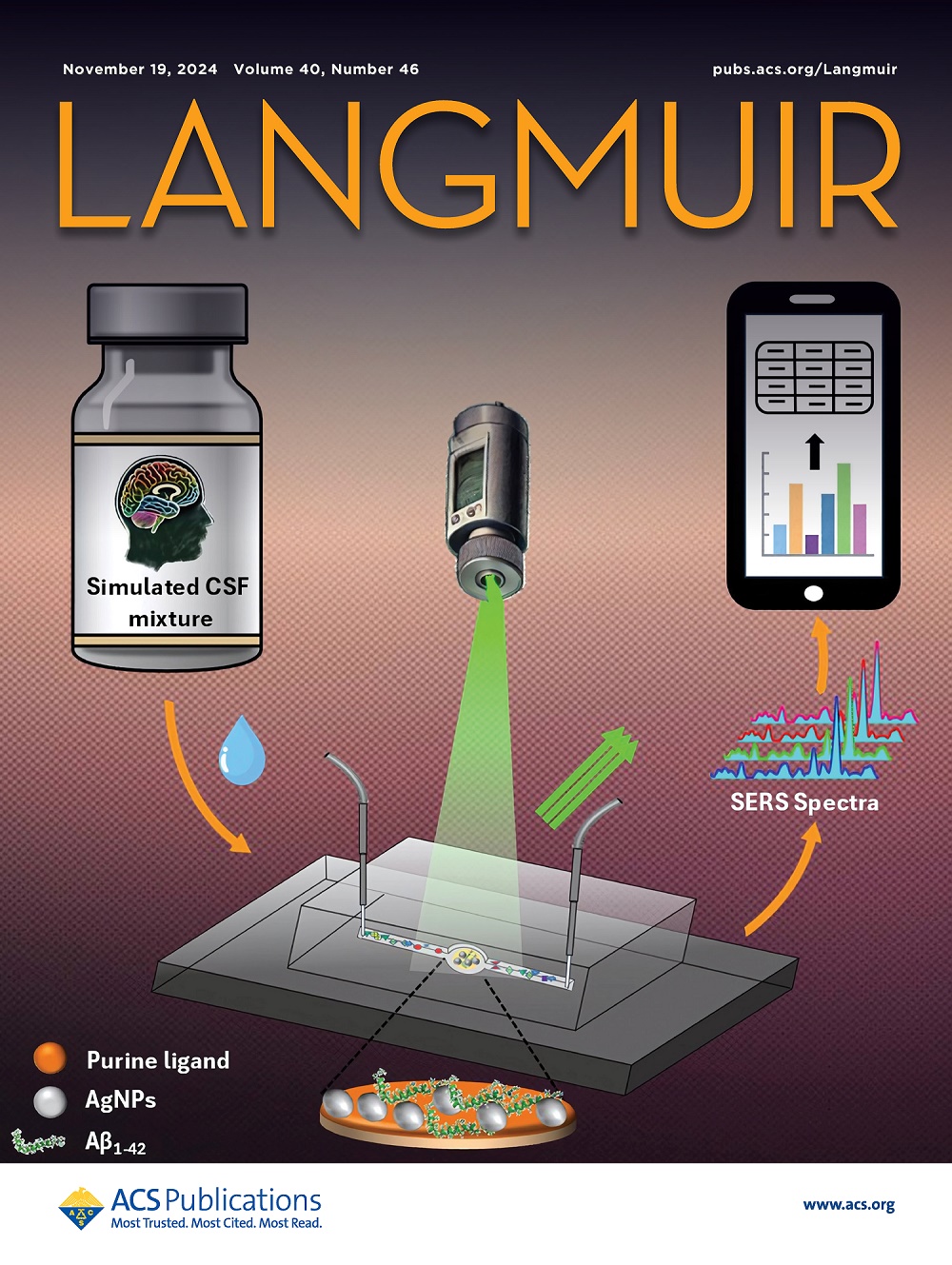Surface Engineering Magnetic Nanoparticles with Redox and Biological Properties
IF 3.7
2区 化学
Q2 CHEMISTRY, MULTIDISCIPLINARY
引用次数: 0
Abstract
Magnetic nanoparticles (MNPs) are recognized as valuable tools for derived electrochemical biosensors and offer immense potential for the efficient diagnosis and detection of disease biomarkers. Herein, a new step-by-step approach for the development of multifunctional MNPs that exhibit both redox and biological properties is described. First, chemical cross-linking was employed to label these MNPs with redox dyes (ferrocene, anthraquinone, or methylene blue). Bovine serum albumin (BSA) was then applied as the terminal protective layer. Next, click chemistry was employed to engineer immunoglobulin G (IgG) onto the surface of these redox MNPs (IgG number of 35 ± 8 per MNP), providing multifunctionality. Before and after surface engineering, these MNPs exhibited high-quality size distributions, as characterized by differential centrifugal sedimentation (DCS). Square-wave voltammetry was used to reveal the presence of 21.8 ± 1.3 ferrocene molecules on each anti-CD63-based redox MNP, and the anti-CD63 antibodies still maintained their bioactivity toward the CD63 antigen. These multifunctional MNPs could be promising tools for advancing the development of MNP-assisted electrochemical biosensors and meeting the needs of single-nanoparticle electrochemistry.

求助全文
约1分钟内获得全文
求助全文
来源期刊

Langmuir
化学-材料科学:综合
CiteScore
6.50
自引率
10.30%
发文量
1464
审稿时长
2.1 months
期刊介绍:
Langmuir is an interdisciplinary journal publishing articles in the following subject categories:
Colloids: surfactants and self-assembly, dispersions, emulsions, foams
Interfaces: adsorption, reactions, films, forces
Biological Interfaces: biocolloids, biomolecular and biomimetic materials
Materials: nano- and mesostructured materials, polymers, gels, liquid crystals
Electrochemistry: interfacial charge transfer, charge transport, electrocatalysis, electrokinetic phenomena, bioelectrochemistry
Devices and Applications: sensors, fluidics, patterning, catalysis, photonic crystals
However, when high-impact, original work is submitted that does not fit within the above categories, decisions to accept or decline such papers will be based on one criteria: What Would Irving Do?
Langmuir ranks #2 in citations out of 136 journals in the category of Physical Chemistry with 113,157 total citations. The journal received an Impact Factor of 4.384*.
This journal is also indexed in the categories of Materials Science (ranked #1) and Multidisciplinary Chemistry (ranked #5).
 求助内容:
求助内容: 应助结果提醒方式:
应助结果提醒方式:


